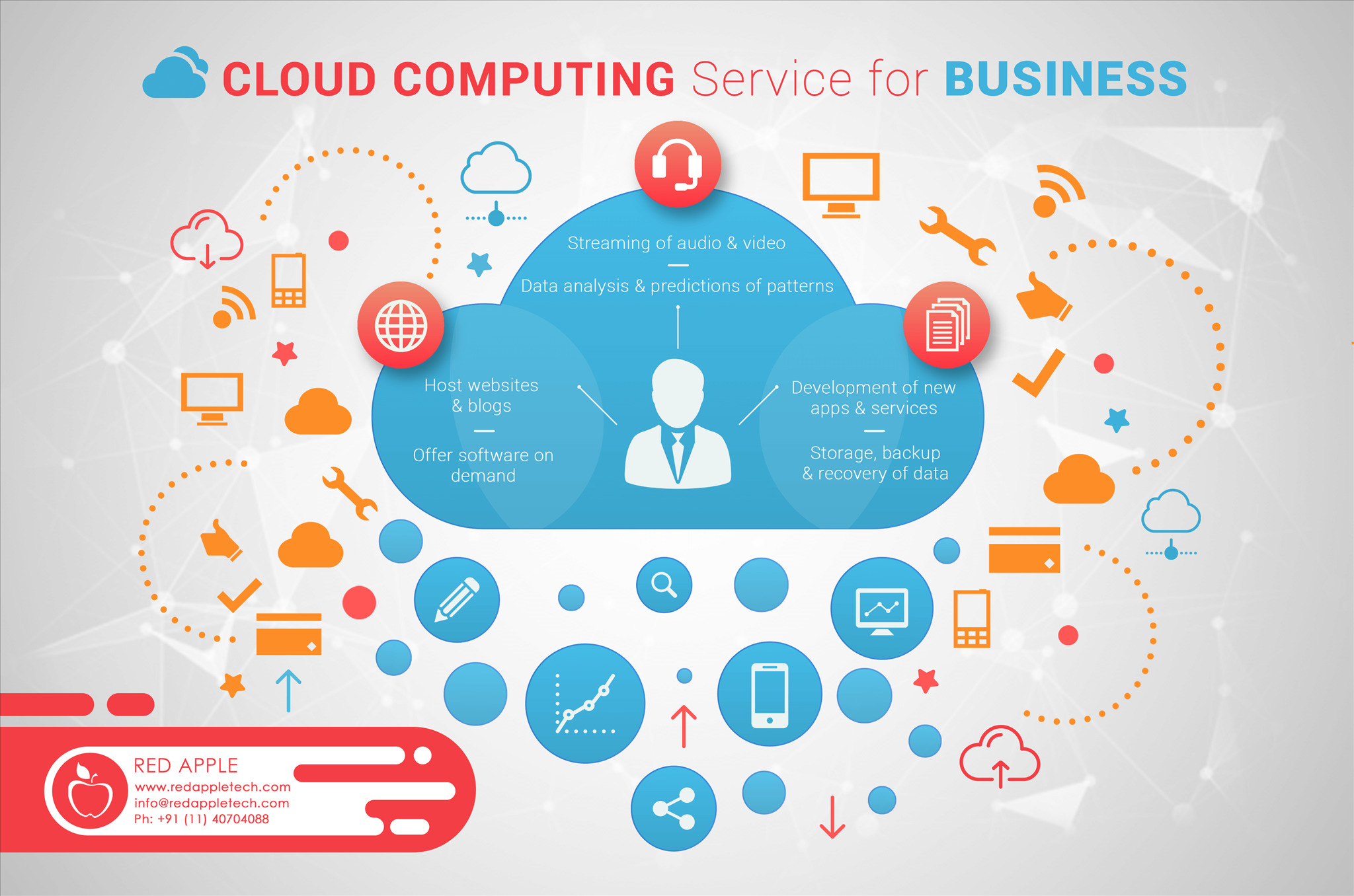Universal Cloud Service: Trusted and Reliable Solutions for Your Organization
Universal Cloud Service: Trusted and Reliable Solutions for Your Organization
Blog Article
Achieve Seamless Scalability With Cloud Services
In the ever-evolving landscape of cloud solutions, achieving seamless scalability stands as a foundation for modern businesses seeking to stay competitive and adaptable. The ability to effortlessly broaden or get resources in action to transforming needs is a pivotal advantage in today's hectic electronic setting. By grasping the art of scalable cloud services, organizations can not only maximize performance and streamline procedures but also lead the method for future development and development. The mission for seamless scalability with cloud services introduces a globe of possibilities for those ready to welcome the transformative power of vibrant resource administration.
Advantages of Cloud Scalability
Cloud scalability uses organizations the adaptability to dynamically readjust sources based on demand, making certain ideal performance and cost performance. One essential advantage is the ability to scale resources up or down quickly in reaction to rising and fall workloads. This agility enables services to meet altering client requirements without over-provisioning sources, eventually causing cost savings. Scalability additionally improves efficiency by making certain that systems can manage raised traffic or work without experiencing downtime or slowdowns. By successfully designating sources, companies can maintain high levels of efficiency throughout peak times without unnecessary expenses throughout quieter durations. Furthermore, cloud scalability promotes advancement and testing by permitting services to easily examine new concepts and range them as needed. This flexibility urges a society of continual improvement and adjustment, making it possible for organizations to remain competitive in a quickly developing market landscape. Ultimately, the benefits of cloud scalability prolong past price savings to incorporate enhanced efficiency, agility, and technology.
Key Functions for Scaling
Effective scaling in cloud services counts on vital attributes that allow organizations to readjust sources dynamically based on need. An additional vital feature is scalability, making it possible for systems to manage enhanced workload by adding resources effortlessly. Overall, these vital features jointly equip organizations to accomplish smooth scalability in cloud solutions.
Implementing Auto-Scaling Strategies
To successfully optimize resource allotment and adapt to differing workloads, organizations have to strategically apply auto-scaling strategies in their cloud solutions framework. Auto-scaling allows systems to automatically readjust the variety of compute resources based upon real-time demand. There are various auto-scaling approaches that organizations can employ, such as anticipating scaling, which utilizes historic data to forecast future source requirements, and responsive scaling, which reacts to existing work changes.

Ideal Practices for Scalability
For organizations aiming to enhance their scalability in cloud services, implementing ideal practices is essential for optimal performance and resource management. One trick best practice is designing directory applications with a microservices style. This technique breaks down applications right into smaller, independent solutions that can be released, updated, and scaled independently, permitting for greater versatility and scalability.
One more important method is using containerization technology, such as Docker or Kubernetes. Containers make it possible for the product packaging of applications and their reliances into isolated systems, making it easier to scale parts individually and release them constantly throughout different environments.
In addition, carrying out automated deployment and framework as code (IaC) can improve scalability initiatives (linkdaddy cloud services). Automation devices like Terraform or Ansible help in provisioning and taking care of resources efficiently, reducing manual mistakes and making it possible for fast scalability
Additionally, monitoring performance metrics, establishing alerts, and carrying out normal ability planning are necessary practices to guarantee aggressive scalability management. By adhering to these best methods, companies can attain smooth scalability in their cloud solutions while optimizing performance and resource use.
Tracking Performance Metrics
When examining the effectiveness of cloud services scalability, carefully keeping track of performance metrics is necessary for guaranteeing ideal performance and resource allowance. By constantly tracking vital efficiency signs (KPIs) such as reaction times, latency, source, and throughput use, companies can acquire useful understandings right into the health and wellness and effectiveness of their cloud infrastructure. website here Keeping track of efficiency metrics enables the early detection of possible bottlenecks or concerns that might impact scalability, making it possible for aggressive actions to be required to address them before they intensify.

Conclusion
In final thought, accomplishing seamless scalability with cloud services is vital for organizations to maximize efficiency, improve development, and preserve high performance levels throughout peak times. By leveraging the benefits of cloud scalability, applying auto-scaling approaches, using crucial attributes such as elasticity and automation, his response and adhering to best practices like application design and performance monitoring, businesses can efficiently scale their systems while taking full advantage of resource usage and performance.
The quest for smooth scalability with cloud solutions unveils a globe of possibilities for those ready to welcome the transformative power of vibrant source monitoring.
Cloud scalability offers companies the flexibility to dynamically readjust resources based on demand, ensuring ideal efficiency and cost performance. One more crucial function is scalability, enabling systems to deal with enhanced work by adding sources seamlessly.For organizations intending to boost their scalability in cloud solutions, carrying out best methods is important for optimum performance and resource monitoring.When examining the efficiency of cloud solutions scalability, closely monitoring performance metrics is crucial for guaranteeing optimal performance and resource allowance.
Report this page